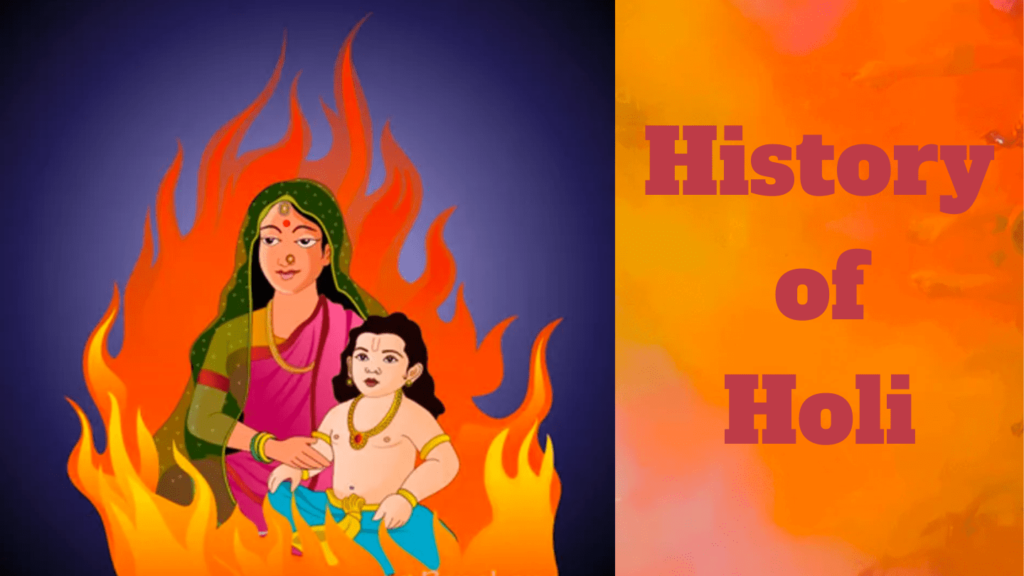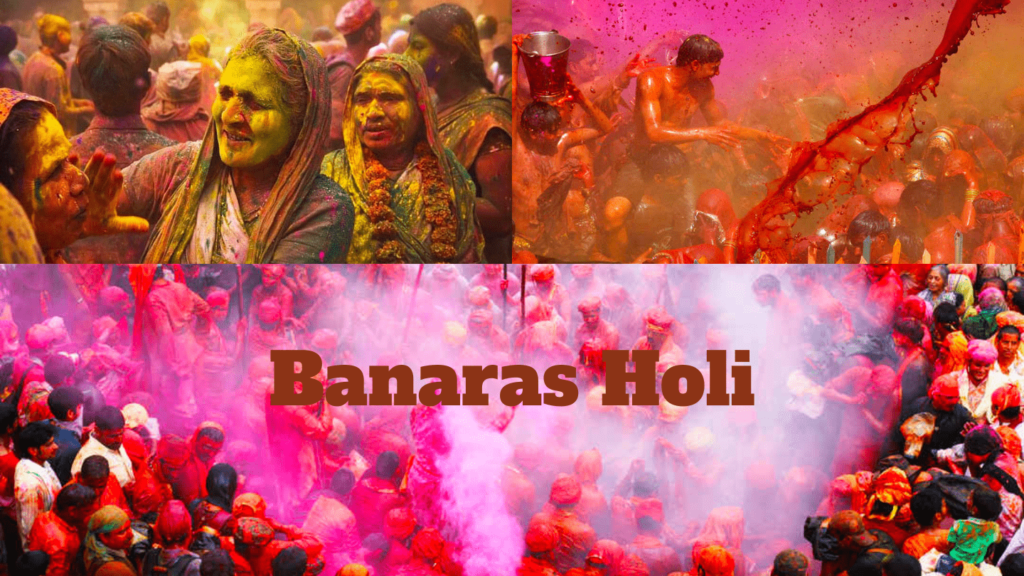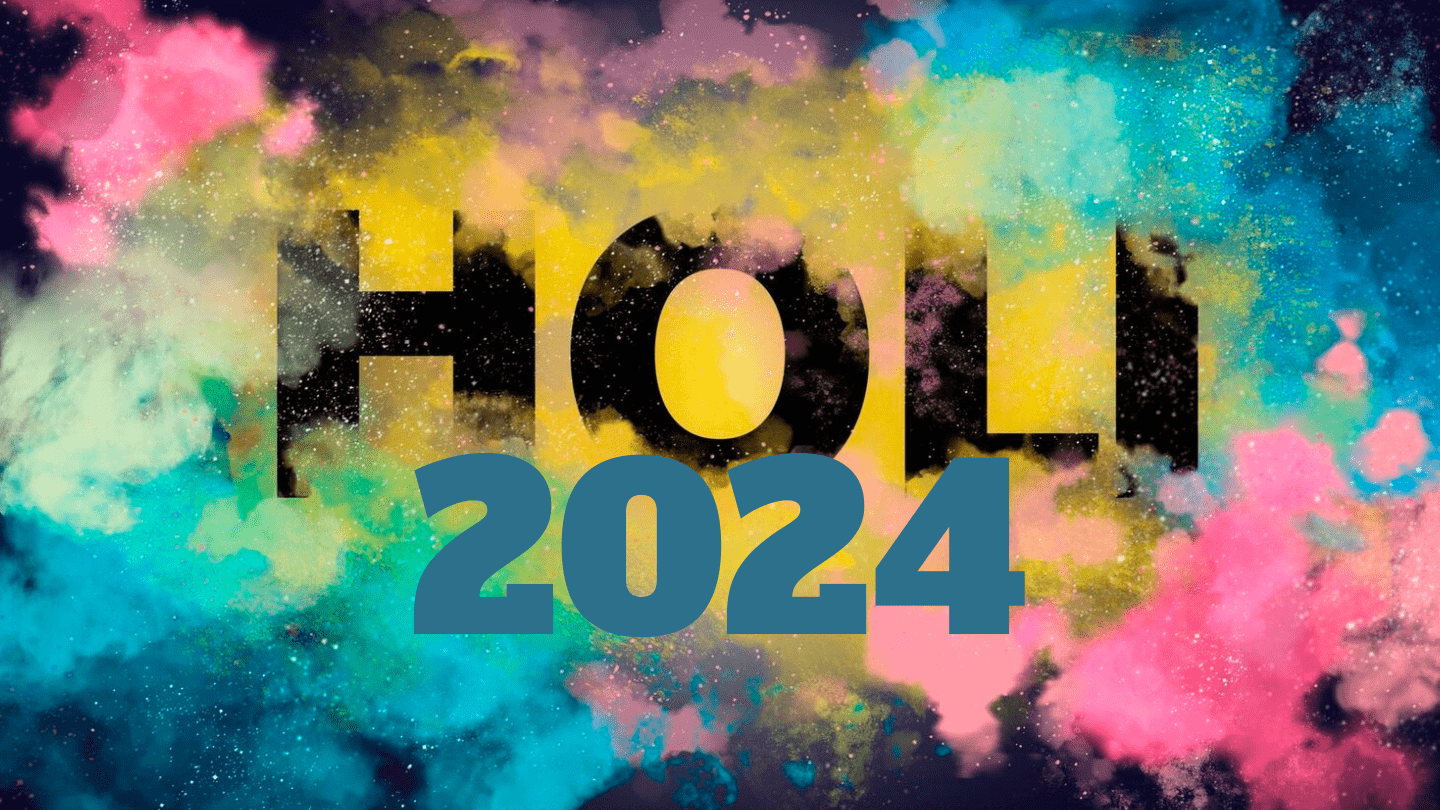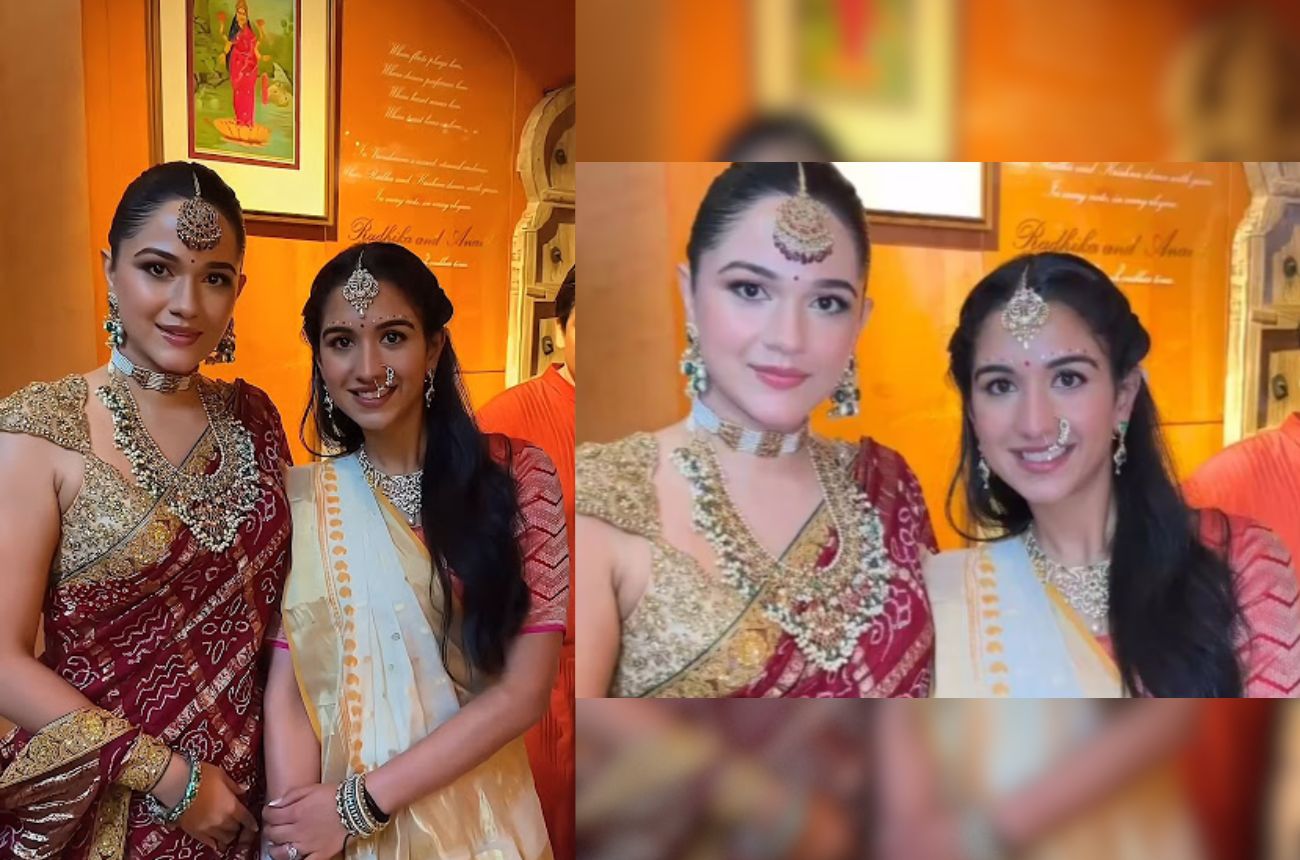Learn all about the significance, history, date, and timing of Holi 2024, the vibrant Festival of Colours. Explore the rich cultural heritage and traditions associated with this joyous celebration.
Ah, behold Holi, the Festival of Colours, a jubilant and kaleidoscopic celebration cherished for its profound cultural and religious significance not only in India but also around the world. As we embark on this enlightening journey through the realms of Holi 2024, let us immerse ourselves in its timeless allure, tracing its origins, understanding its temporal nuances, and embracing the myriad of vibrant customs that define this exuberant festivity.
Date and Timing
Holi, a colorful festival celebrated in 2024 on March 24th and 25th, coincides with the last full moon day of the Phalguna month in the Hindu lunisolar calendar. The celebration spans two days, beginning with Holika Dahan or Choti Holi on the first day and followed by Rangwali Holi or Dhuleti on the second day.
Muhurat Starts – 09:54 AM on March 24, 2024
Muhurat Ends – 12:29 PM on March 25, 2024
On the eve of Holi, communities come together to partake in the ritualistic Holika Dahan, marking the triumph of good over evil. Bonfires are ignited, symbolising the victory, and people gather around them to offer prayers and seek blessings. The following day, streets and homes burst into a riot of colours as people joyously engage in playing with vibrant powders and splashing water on each other. It’s a time of merriment, with singing, dancing, and indulging in festive treats adding to the jubilant atmosphere.
History of Holi

Traditions Around the Bonfire: Holika Dahan
Holi, the vibrant Hindu festival, indeed has its roots in various mythological tales. One of the most renowned narratives revolves around Holika, a demoness who, as per Hindu scriptures, was the sister of King Hiranyakashipu. This king had been granted a boon rendering him invulnerable, but his pride grew unchecked, demanding worship solely for himself. Despite this, his son Prahlad remained steadfast in his devotion to Lord Vishnu. Enraged by Prahlad’s unwavering faith, Hiranyakashipu conspired with Holika to end his son’s life.
Holika possessed a cloak believed to render her immune to flames. In their plot, she sat with Prahlad on a pyre, intending to burn him alive. However, Prahlad’s faith shielded him, and he emerged unscathed from the fire, while Holika was consumed by its flames. This tale symbolizes the triumph of virtue over vice, marking the essence of Holi celebrations.
Explore the tradition of Holika Dahan, where communities come together to light bonfires and commemorate the victory of good over evil. Discover the rituals and symbolism associated with this auspicious occasion.
Rituals of Rangwali Holi
At the heart of Rangwali Holi are the colorful powders, known as gulal, which are playfully tossed and smeared on friends and family members. The air is filled with laughter and shouts of “Holi Hai!” (It’s Holi!) as people chase each other with handfuls of bright powders, turning the streets into a kaleidoscope of hues.
Water balloons add an extra element of fun to the festivities, with participants dousing each other in colored water, creating a refreshing and playful atmosphere. The splashes of water symbolise the arrival of spring and the renewal of life, as nature awakens from its winter slumber.

One of the most unique rituals associated with Rangwali Holi is ‘Lathmar Holi’, celebrated primarily in the town of Barsana in Uttar Pradesh, India. During this lively event, women playfully chase men with sticks, symbolising the playful teasing between Lord Krishna and his consort, Radha. The men, in turn, try to protect themselves with shields called dhaals, adding a humorous and spirited element to the celebration.
Modern-Day Celebrations
Discover how Holi has evolved into a global phenomenon, transcending geographical boundaries to spread joy and happiness worldwide. Explore innovative ways in which modern celebrations blend traditional customs with contemporary trends, keeping the spirit of Holi alive for future generations.
Preserving Traditions : Influence on Art and Literature
Reflect on the challenges of preserving traditional Holi customs in a rapidly changing world. Explore initiatives aimed at safeguarding cultural heritage and promoting sustainable practices to ensure that the essence of Holi endures for generations to come.
Holi, the vibrant Hindu festival of colors, has indeed been a muse for artists and writers across centuries, yielding a rich tapestry of artistic and literary expressions that capture its essence. From classical paintings and poetry to modern-day films and music, Holi’s celebration of joy, love, and cultural unity has inspired countless creative endeavors. Artists through their paintings have depicted the playfulness of Holi, with images of people joyously throwing colored powders and water at each other, amidst laughter and music.
Poets have penned verses celebrating the festival’s spirit of renewal, unity, and the triumph of good over evil, often using vibrant imagery and metaphors drawn from nature and mythology. In modern times, filmmakers have captured the essence of Holi in their movies, showcasing its colorful festivities as a backdrop for romance, drama, and comedy.
Cultural Significance Across India
Holi symbolizes the triumph of good over evil and the flourishing of spring. It glorifies the bond of love and unity, fostering harmony and fellowship among people from diverse origins, thus diminishing societal differences. The celebration offers an opportunity for forgiveness, rekindling broken friendships, and spreading happiness through friendly gestures and merrymaking.
Embark on a journey across India to explore the diverse regional variations of Holi. From the vibrant streets of Mathura and Vrindavan to the royal splendour of Rajasthan, discover how different communities infuse their own traditions into this beloved festival.
All About the Festival of Colours

The Festival of Colours is a kaleidoscopic extravaganza that captivates the senses and ignites the spirit of camaraderie. It is characterised by vibrant hues, spirited music, and exuberant revelry. Participants gleefully smear each other with coloured powders known as ‘gulal’ and engage in spirited water fights using ‘pichkaris’ (water guns) and water-filled balloons.
The air resonates with joyous laughter and the infectious beats of traditional folk songs as people dance to the rhythm of drums and dholaks. Mouthwatering delicacies such as ‘gujiya,’ ‘thandai,’ and ‘puran poli’ add a gastronomic delight to the festivities, bringing families and communities together in culinary indulgence.
Unravel the captivating tale of Holi’s origins, a vibrant festival steeped in ancient Hindu mythology. Delve into the legends of Prahlad, a steadfast devotee of Lord Vishnu, and his evil aunt Holika, whose nefarious plot to harm him was foiled by divine intervention. Discover how Prahlad’s unwavering faith led to his miraculous survival, symbolising the triumph of good over evil. Explore the significance of Holika Dahan, a ritual bonfire lit to mark the vanquishing of evil. Celebrate the arrival of spring and new beginnings with vibrant colors and joyous festivities, embodying the spirit of rebirth and renewal.
Dive into the symbolic significance of colors in Holi celebrations. Learn how each vibrant hue represents different aspects of life, from love and happiness to renewal and fertility, adding depth and meaning to the festivities.
Conclusion
Holi, with its array of vibrant colors and deep cultural significance, symbolises joy, togetherness, and new beginnings. As we eagerly await Holi 2024, let’s fully engage in the festivities, embracing the true essence of this colorful celebration and spreading the message of love and unity.




